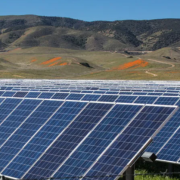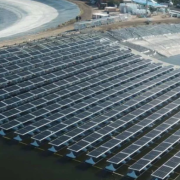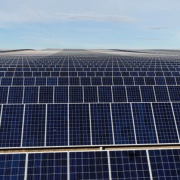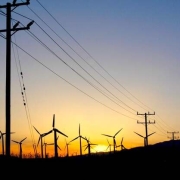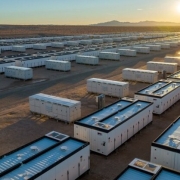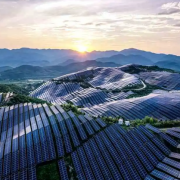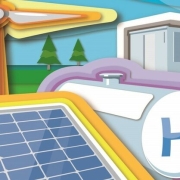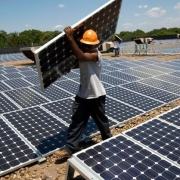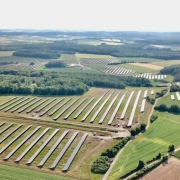California’s already hugely ambitious clean energy goals have just gotten even bigger. Now the state’s utilities, regulators, clean-energy developers and transmission grid planners must figure out how to achieve the colossal new buildout needed to meet these goals.
On Thursday, the California Public Utilities Commission approved a plan that will set the state on a course to adding 86,000 megawatts of new resources to the grid by 2035. That’s “more than a doubling of the nameplate capacity” of 75,000 megawatts that constitutes the state’s existing resource mix, CPUC President Alice Reynolds said during Thursday’s meeting.
The new integrated resource plan calls for 54,000 megawatts of new renewable resources, most of it solar power, as well as wind power built inside and outside the state’s borders. It also includes more than 28,000 MW of batteries to store that power when it’s produced so it can be used when the state’s grid needs it.
Click here to read the full article
Source: Canary Media
—
If you have any questions or thoughts about the topic, feel free to contact us here or leave a comment below.

